When can you take your pet on the plane with you?
Virgin Australia says it will become the first airline here to allow small dogs on planes next year but detail are scant. Here are your other options.
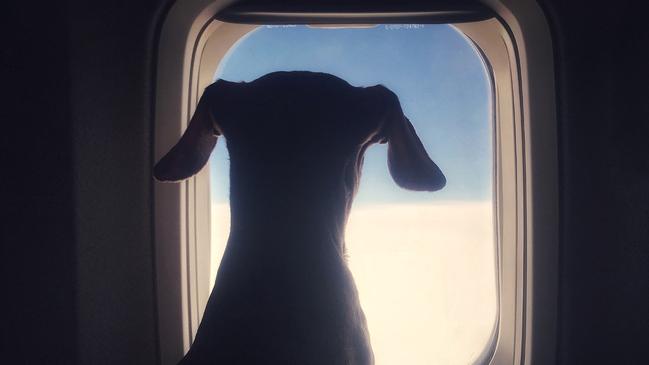
There are an estimated 28.7 million pets in this country and almost 70 per cent of households have an animal companion. According to Animal Medicines Australia, the peak industry body for animal health, dogs are the most common at 48 per cent and cats at 33 per cent. Despite these significant numbers, none of our commercial airlines allows furry friends to travel alongside their owners.
Virgin Australia is set to be the nation’s first to permit pets in cabins but not until 2025. The proposal is still in the planning stages and it is all subject to regulatory approval. Until then, pets must brave the cargo hold. “Currently, the options in Australia are quite limited due to airline regulations,” says Flight Centre Travel Group global leisure chief executive James Kavanagh. “That said, with Virgin Australia recently announcing pet-friendly flight schedules will soon be here, we expect that to drive an increase in demand. It will be interesting to see how the change is received by the broader travelling public and if other airlines roll out similar policies here.”
Virgin Australia’s plan sounds great until you read the fine print and realise the details are scant and it is still very much a work in progress. The option will be available only to “small cats and dogs” but the company’s representatives have yet to officially confirm what that actually means. Animals will also be required to remain in their cage at all times throughout a flight, and only certain rows and certain flights will accommodate them – so no sitting on laps or going for a walk in the aisles.
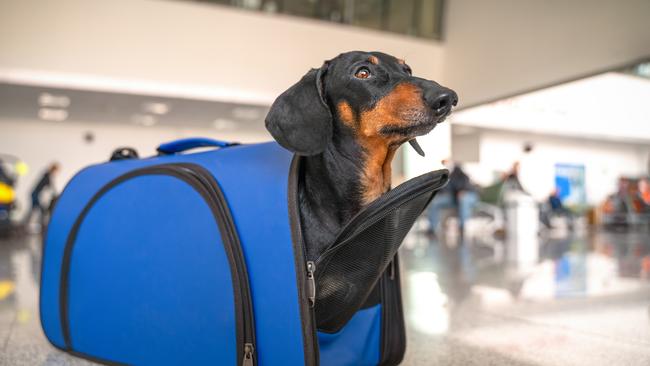
“Overwhelmingly, our guests tell us they want to travel with their pets, and we are now on a journey to make that a reality. It’s something that commonly happens overseas and is proven to work well,” outgoing Virgin Australia CEO Jayne Hrdlicka said back in March when Virgin announced its “intention” to become the first airline to allow pets onboard by March 2025.
When asked more recently for clarification and updates on timing for the launch of the new policy, Virgin says it has nothing to add – so we will have to wait.
Airports are already equipped to deal with an influx of four-legged visitors. Nearly all major hubs in this country have allocated relief zones for service and support animals to take a toilet break, although they’re not as common as they are overseas, where airlines and airports are far more pet-friendly.
Australia also lags behind other countries when it comes to accommodating pets on commercial airlines. In Japan, All Nippon Airways allows conventional pets, along with turtles, fish and even insects in cabins. Etihad Airways grants special privileges to falcons, which can travel in all classes, while dogs are restricted to business and economy, where they’re welcome to relax in an adjoining seat provided the owner pays for it. KLM Royal Dutch Airlines, Lufthansa and airline TUI fly Belgium also allow pets to travel alongside owners.
If you’re determined to treat your pet to the same level of comfort in Australia, a private jet remains the only option. Perth-based Skye Pets offers chartered flights for you and your cat or dog – or just your pet, chaperoned – across Australia and internationally. Animals must be leashed but they can sit next to you for the entire flight. Fares start at about $1995 for one human passenger and two pets for a flight between Sydney and Melbourne, one way.
To really splash out, consider FalconAir. It has in-flight catering for pets and their owners, and on arrival at their destination, clients are given priority treatment at security points, and bypass seasonal embargoes such as peak summer travel when airlines often won’t allow pets to travel due to heat concerns.
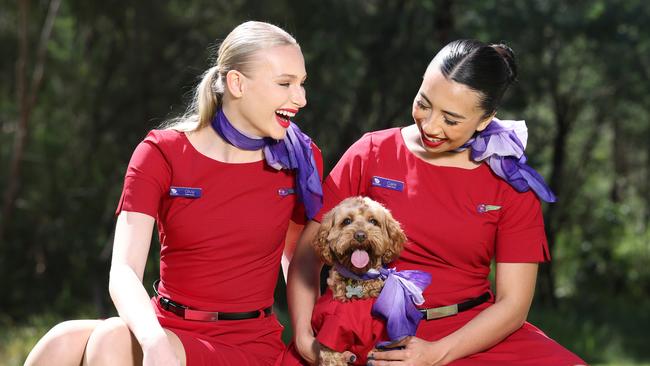
Neither Skye Pets nor FalconAir has breed or size restrictions, although on chaperoned flights Skye Pets has a 15kg weight limit for dogs, and cats can only travel with their owners.
Both airlines have designated toilet areas on board, but Skye Pets advises owners not to feed their dog for up to eight hours before a flight to avoid the need for the loo altogether.
Support animals fare slightly better with Qantas and Virgin Australia, as both airlines welcome assistance animals that meet public hygiene and behaviour standards. Virgin has a list of pre-approved training organisations to simplify the booking process, though additional documentation like proof of disability training and a Public Access Test (PAT) may be required.
Qantas allows Service Dogs in the cabin if they’re PAT certified, meet safety standards, and weigh under 45kg. Applications must be submitted 14 days before travel and approved forms remain valid for future flights. For international journeys, especially to and from the US, ensure all quarantine and documentation requirements are met. On board, animals must be harnessed, wear an identifying coat, and be secured with in-flight restraints.
Kavanagh has some advice for pet owners planning to pack Fido or Fifi’s bag. “It’s important to note that while Virgin will soon allow pets in the cabin, there are strict requirements that must be met to make sure it’s a safe and enjoyable experience for everyone on board,” he says. “The best advice is to read the fine print to make sure your pet is eligible and understand there are good reasons why the service must be carefully managed.”
Figuring out the global landscape when taking your pet on an international holiday can be daunting too, he warns. “It can be tricky to navigate the options overseas, as there’s no uniform approach; it’s specific to the country and the carrier. A good travel agent can absolutely help you figure it all out and make sure your furry friend is looked after,” Kavanagh advises.
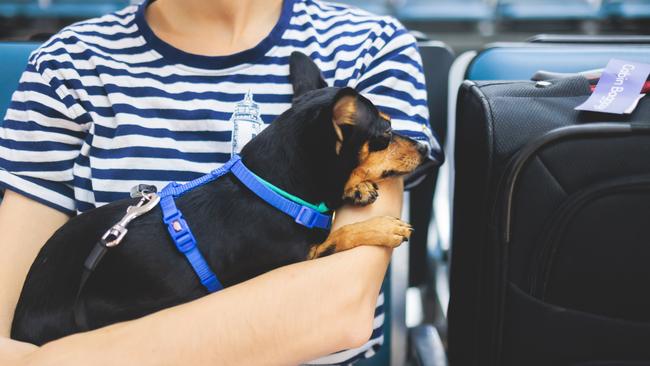
In the US, for example, many airlines allow pets in the cabin, with specific policies, such as American Airlines’ rules for carry-on cats or dogs on flights up to 12 hours, provided they meet size and age requirements.And if flying doesn’t suit, Kavanagh suggests considering other modes of transport.
“Outside of flying, another option for those who love to travel with their pet is cruising,” he says.“Cunard, for example, is proud of its history of transporting pets, and Queen Mary 2 has dedicated kennels and lots of space to play and lounge just for pet owners.” The Spirit of Tasmania has also announced that on its new ships, due to launch next year, there will be 18 purpose-built cabins so owners can stay with their pets.
When it comes to accommodation, Australia has you covered. “Australia has plenty of pet-friendly hotels such as The Langham and W hotels where you and your loved ones, including your pet, can stay in style,” Kavanagh says.
If you love to travel, sign up to our free weekly Travel + Luxury newsletter here.


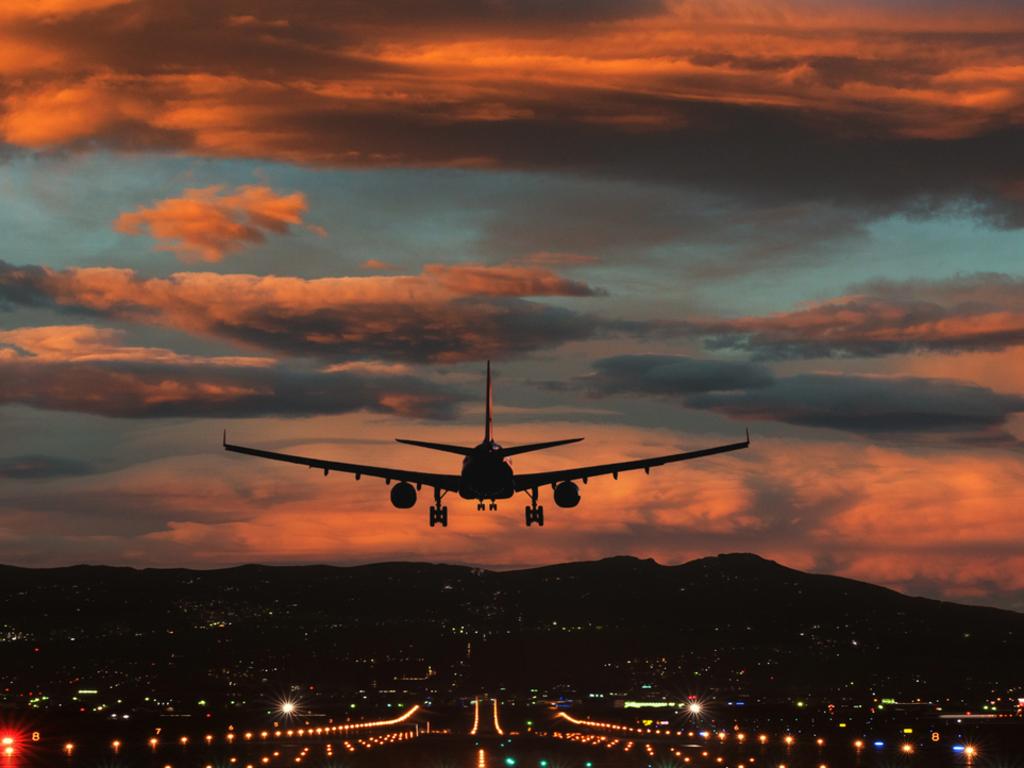
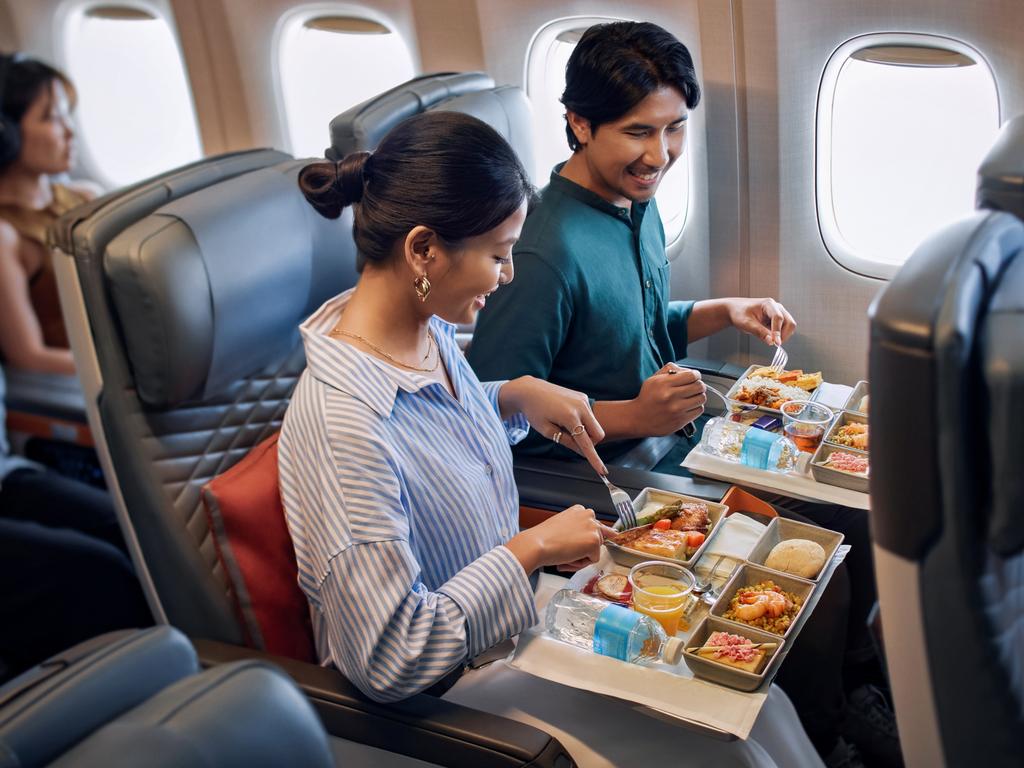
To join the conversation, please log in. Don't have an account? Register
Join the conversation, you are commenting as Logout